Program faculty are based at each of the participating Harvard affiliated hospital departments, as well as other institutions in Boston. All have a track record of scientific accomplishment and mentorship.

Dr. Anderson’s research interests focus on photothermal and photochemical skin treatments and in vivo optical diagnostics.

Dr. Asgari’s research focuses primarily on cutaneous oncology but also encompasses inflammatory disorders of the skin, including eczema and psoriasis.
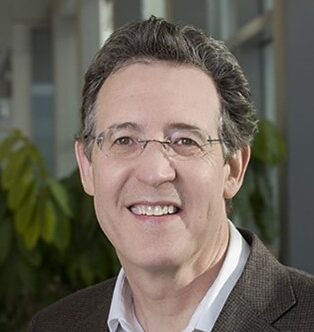
His laboratory is focused on mucosal immunology with a particular emphasis on the immunologic functions of the intestinal epithelium

Dr. Brenner’s lab is focused on many mechanisms including Granzyme K CD8 T cells in many chronically inflamed autoimmune tissue and drive complement activation.
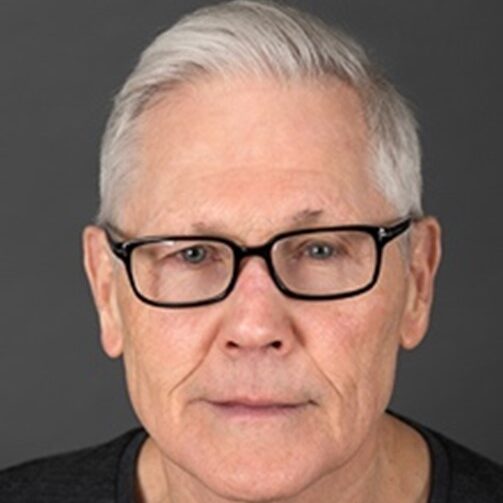
The Carroll lab has a long standing interest in how B cells encounter antigens, both self and non-self and how the local environment influences the outcome. In particular the lab has focused on the interaction of complement C3-coated antigens and its receptors CD21 and CD35.

Dr. Clark’s laboratory focuses on the study of T cell mediated immunity in human skin and other peripheral tissues. Dr. Clark’s laboratory focuses on two main areas: developing a better understanding of resident memory T cells so that these cells can be eliminated or silenced in inflammatory and autoimmune diseases and identifying and neutralizing the mechanisms that human skin cancers use to evade immune detection.
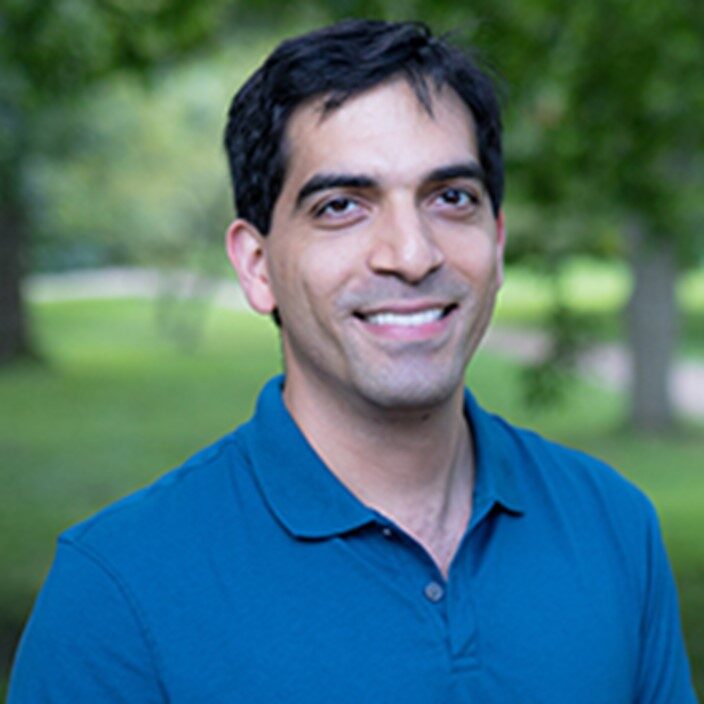
The focus of the Demehri laboratory is to determine the role of the immune system in regulating the early stages of cancer development in order to harness its antitumor potential for cancer prevention and therapy.
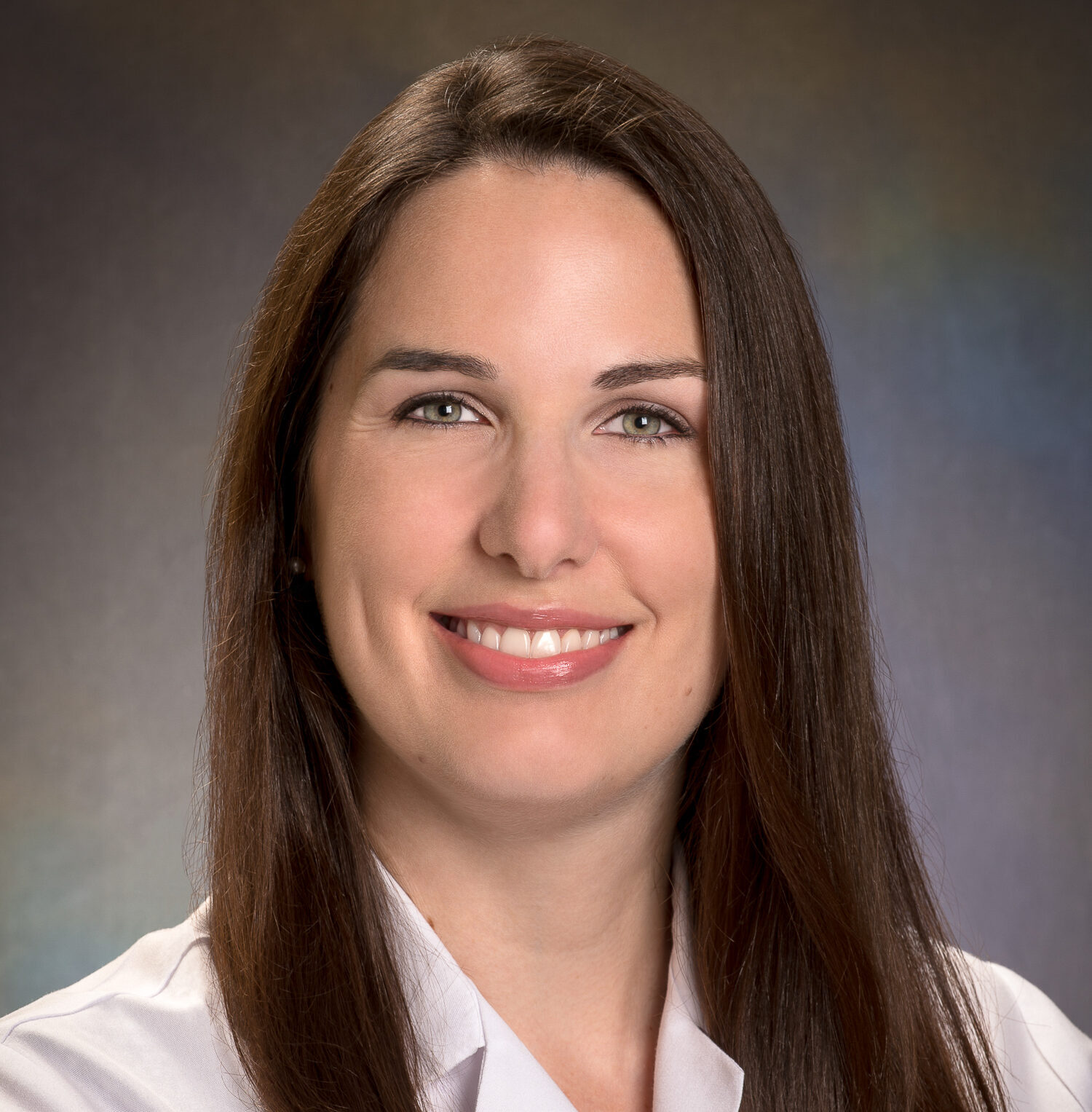
The Divito lab is focused on immunopathogenesis of (i) Graft-versus-host disease and (ii) adverse drug reaction.
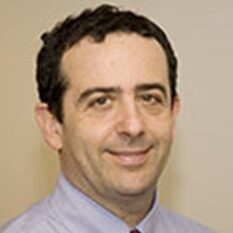
David Fisher runs a laboratory which focuses on cancer pathogenesis and novel therapeutic discovery. He studies melanoma biology with particular interest in understanding pathways of transcriptional dysregulation in melanoma, and their interface with oncogenic signaling.
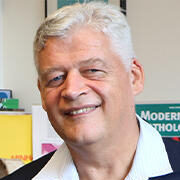
The Frank laboratory focuses on the physiological and pathological roles of the P-glycoprotein family of ATP-binding cassette (ABD) multidrug resistance transporters in human skin and cancer stem cells in human malignant melanoma.
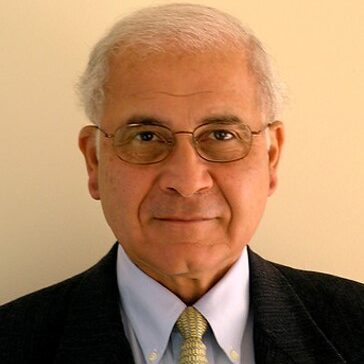
The Geha laboratory focuses on the molecular basis and mechanisms of primary immune deficiency and atopic dermatitis. The AD research group also investigates the mechanisms of eczema vaccinatum (EV), a complication of smallpox vaccination occurring in patients with AD.

Dr. Hasan’s scientific efforts are focused on photochemistry-based approaches (photodynamic therapy, or PDT) for treatment and diagnosis of disease. The overall strategy is to develop molecular mechanisms and optical imaging-based combination treatment regimens where one treatment arm involves light activation of certain near-infrared-absorbing chemicals.
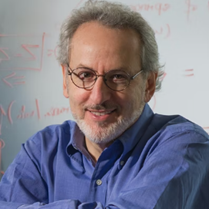
Dr. Ingber’s laboratory is interested in how microenvironmental cues, particularly mechanical forces and extracellular matrix, regulate epithelial organization, tissue morphogenesis, and organ-level pathophysiology.
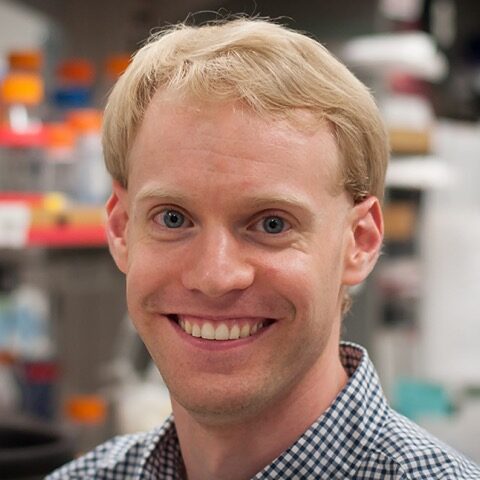
Dr. Kruse’s lab is focused on elucidating the molecular basis of membrane protein signaling using techniques including protein engineering, structural biology, and molecular pharmacology.
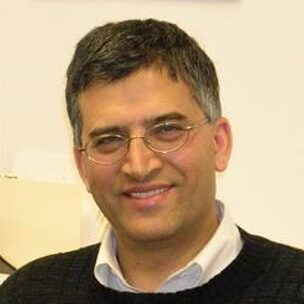
Dr. Kuchroo’s laboratory focuses on understanding the molecular pathways and mechanisms leading to the dysregulation of the immune system. More specifically, their work focuses on understanding the pathogenic mechanisms of an autoimmune disease, particularly those affecting the central nervous system.

The Kupper laboratory is interested in how immune responses in skin are initiated, and how T cell mediated memory responses occur in skin. Dr. Kupper is interested in the generation of TRM as a goal of vaccination, but also the role of skin and other tissue TRM in the maintenance of autoinflammatory and autoimmune diseases.
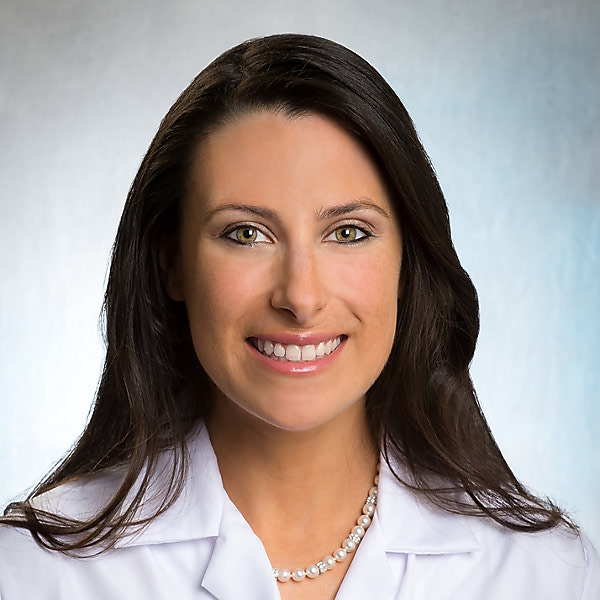
Dr. Larocca’s research is focused on investigating the use of implantable microdevices for in situ candidate drug screening in cutaneous T cell lymphoma.
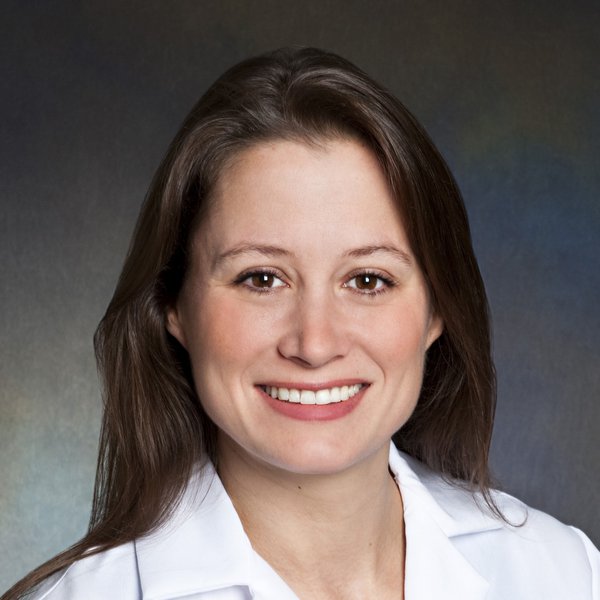
Dr. LeBoeuf’s research is focused on cutaneous adverse effects from anticancer therapies.
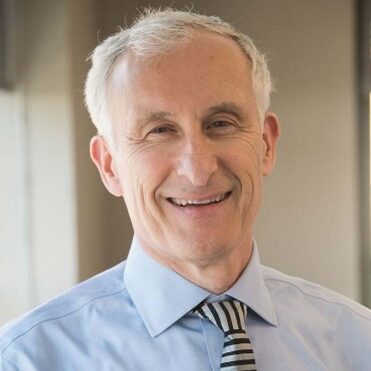
Dr. Lerner’s laboratory studies the basic mechanisms that underlie the sensation of itch. Itch, or pruritus, is a common, frustrating symptom faced by patients and dermatologists. Dr. Lerner is interested in the mediators and receptors that underlie the peripheral sensing of itch. Dr. Lerner’s lab identified a cysteine protease as a non histamine trigger of the itch pathway.
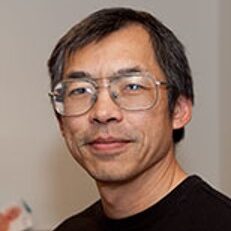
The main research focus of the Lin group is developing advanced optical imaging techniques for in vivo cell tracking and molecular imaging studies, concentrating in the areas of hematopoietic stem cell transplantation, hematologic malignancies, and inflammation.

The Mandinova laboratory uses chemical biology approaches and models of epithelial tumorigenesis and regulation of keratinocytes proliferation to dissect cell signaling pathways. The main focus of Dr. Mandinova’s current work is the identification of novel molecules and intracellular pathways involved in the downstream transduction of Notch signaling in the skin.
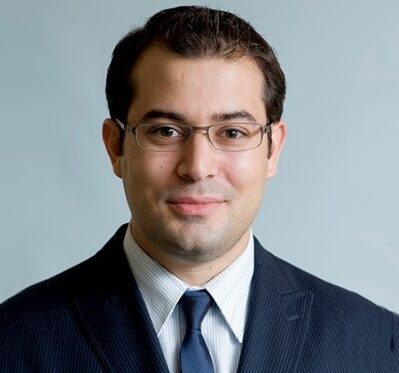
Dr. Marenos’s laboratory investigates pathomechanisms involved in pathological angiogenesis, wound healing and inflammation. The laboratory uses human genetics approaches to identify novel genes that regulate skin morphogenesis.
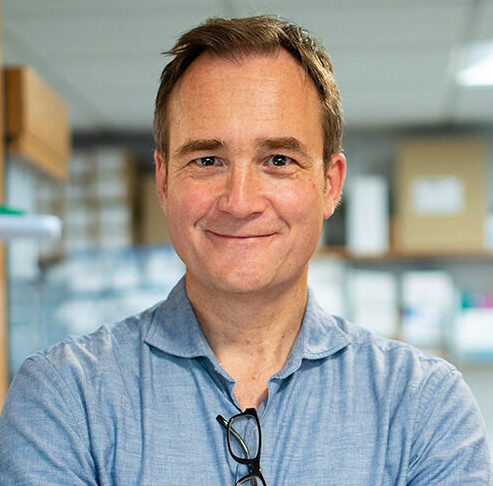
The Mempel lab’s primary interest is in CD8+ cytotoxic and in CD4+ regulatory T cells and their interactions with dendritic cells, both while the immune system is ‘at rest’ and when it responds to microbial invasion or cancer.

Dr. Moody directs a laboratory that studies basic and translational questions of bacterial pathogenesis and human immune response. The central focus of the work is to understand how human dendritic cells, CD1 proteins, Toll-like receptors and T cell receptors mediate human immune response to M. tuberculosis infection and autoimmune disease.

The Murphy laboratory is broadly concerned with the cellular and molecular biology of skin stem cells, and specifically the mechanisms of immunologic stem cell targeting in acute graft-versus-host disease; the translational biology of cancer stem cells in malignant melanoma; and the regenerative potential of cutaneous stem cells in wound healing responses.

The research interest of the Park lab is focused on the physiological role of protein kinases and other signal transducers that are activated by cytokines, microbial stimuli, and environmental stress. Their major experimental approaches involve genetic tools for cell type-specific gene ablation, mouse models of immune disorders, and multi-omics analysis of primary human cells.
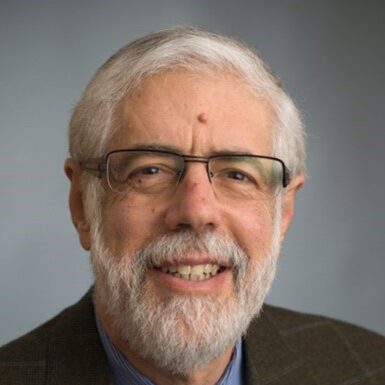
Dr. Reinherz’s scientific work has revealed key functional and structural discoveries about T cell receptors (TCR), including their CD3 signaling subunit components, and how TCRs bind to peptide-loaded MHC (pMHC) in conjunction with CD4 and CD8 co-receptor molecules.

Dr. Scadden’s laboratory focuses on hematopoietic stem cell biology as a means to understand and develop novel therapies for blood diseases, cancer and AIDS. Particular biologic interests are in defining hematopoietic regulation by the environment or niche and how it contributes to or may be manipulated to alter blood regeneration or malignancy.

The Schatton laboratory centers on immune checkpoint and cellular maintenance pathways in skin cancer and physiologic skin. In the study of human malignant melanoma, squamous and Merkel cell carcinoma, the lab’s objective is to mechanistically dissect how tumorigenic cancer cell subsets impact neoplastic progression and cancer therapeutic resistance.

An uncontrolled acute inflammatory response that can occur in host defense and during trauma-associated tissue injury can lead to chronic inflammatory diseases and life-threatening cytokine storm.

The Shu lab focuses on developing and optimizing experimental and computational approaches to integrate genomic, epigenomic, spatial, and imaging data, along with perturbations and lineage tracing, to decode complex systems in time and space at single-cell resolution.

Dr. Tsao’s laboratory is focused on determinants of melanoma tumorigenesis and therapeutic response using a combination of molecular genetics and functional approaches.
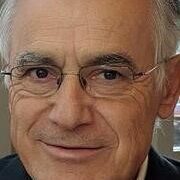
Dr. Tsokos’s research has focused on the cellular and molecular pathogenesis of systemic lupus erythematosus (SLE). His laboratory has opened and led the field of molecular abnormalities on immune cells in patients with SLE.
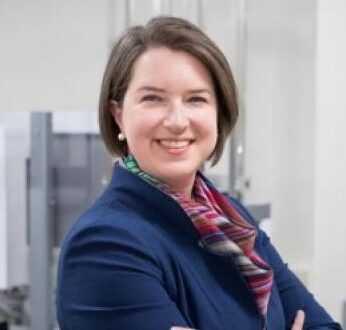
The Villani lab studies the human immune system in human health and disease with single-cell technologies.
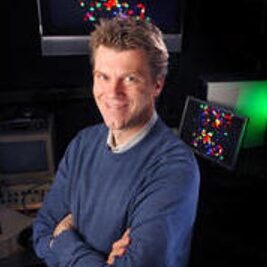
Dr. von Andrian seeks answers to the question how circulating blood cells find their way in the body. Directed migration of blood-borne cells to distinct target tissues can be observed in embryos as soon as the circulatory system is established and plays a critical role throughout life in numerous physiologic and pathologic conditions.
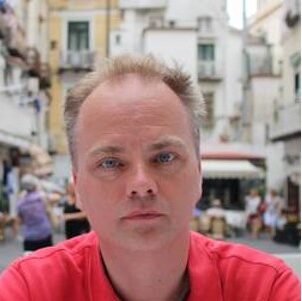
The Widlund lab is focused on understanding molecular cascades that control growth and enduring drug responses in malignant melanoma.
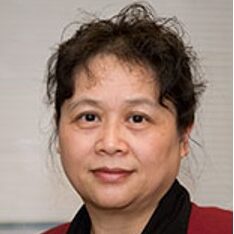
Dr. Wu’s laboratory investigates new adjuvants for skin and mucosal vaccinations, most recently successfully engineering pulmonary surfactant-biomimetic nanoparticles for augmenting influenza vaccines toward universality.

Dr. Wucherpfenning has worked in the T cell immunology field for more than 25 years and has extensive expertise on the mechanisms of T cell receptor recognition, signaling and function.

